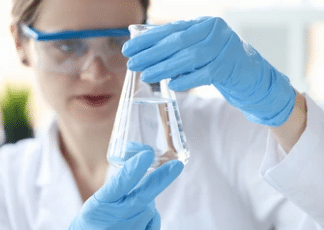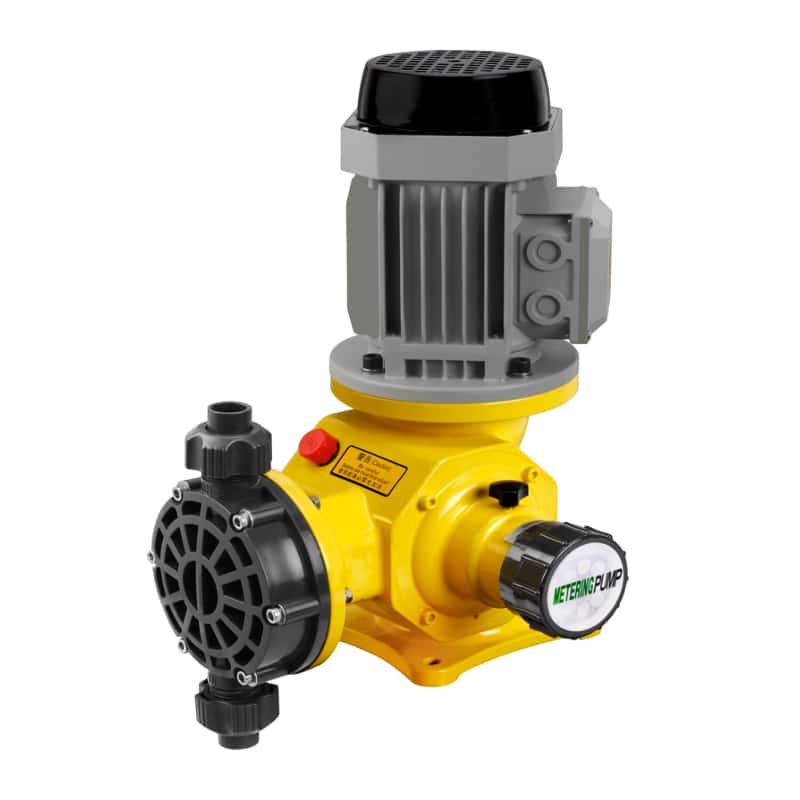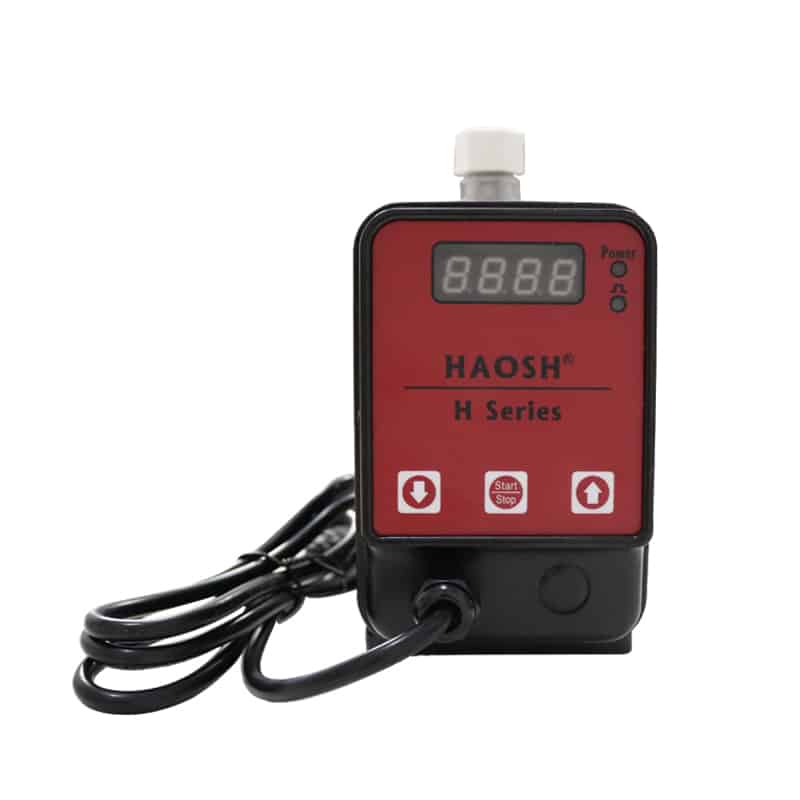Disinfection Of Drinking Water

Disinfection makes our drinking water safer and stops us from worrying about the risk of raw water carrying diseases. Since surface water is susceptible to contamination by a variety of microorganisms that can cause disease, disinfection has become a necessary measure to maintain water quality and protect health.
What is drinking water?
Drinking water is a source of water suitable for human consumption and daily use. Drinking water usually comes from sources such as tap systems, wells, rivers, lakes, or groundwater to prevent potential health hazards from contaminants in the water, and is usually subjected to water treatment filtration, disinfection, and removal of hazardous chemicals and microorganisms to ensure that it is safe, hygienic, and meets drinking standards.
Why should drinking water be sterilized?
Drinking water disinfection is used to ensure that drinking water is sanitary and safe in order to prevent microorganisms, bacteria and pathogens in the water from posing a risk to human health.

Water treatment disinfectants
Water treatment disinfectants are chemicals used to disinfect a water source or water supply system by killing or inhibiting microorganisms, bacteria, viruses, and other pathogens in the water to ensure sanitary and safe drinking water.
- Chlorine: Chlorine is a common water treatment disinfectant that kills microorganisms in water. It is usually added to water as a gas or liquid. Chlorine disinfection is widely used in water treatment, but requires careful handling to prevent gas leakage.
- Sodium hypochlorite: Sodium hypochlorite is an alternative to chlorine gas and is added to water as a liquid. It is a common household bleach and is used in many water treatment applications.
- Ozone: Ozone is a strong oxidizing agent that kills microorganisms and oxidizes organic matter. It is usually injected into water as a gas or aerosol. Ozone disinfection is used in water treatment to remove odors and improve water quality.
- Ultraviolet (UV) disinfection: UV disinfection uses ultraviolet radiation to destroy the DNA of microorganisms in water, thereby preventing them from reproducing. It is a chemical-free disinfection method.
- Chlorine dioxide (CO2): Chlorine dioxide is an effective disinfectant that kills bacteria, viruses and parasites. It is usually used as a gas or solution.
- Hydrogen peroxide: Hydrogen peroxide is an oxidizing disinfectant that kills microorganisms and oxidizes organic matter. It is usually used in liquid form.
- Chlorine dioxide: Chlorine dioxide is an effective disinfectant that kills bacteria, viruses and parasites. It is usually used in the form of a gas or solution.
- Chloramine-T: Chloramine-T is a chloramine compound used for water disinfection and removal of chlorine residues.
Composition of drinking water
| Category | Main Ingredients |
| Inorganic substance | Water molecules (H2O) |
| Dissolved minerals and salts | |
| Organic substance | Organic carbon (TOC) |
| Dissolved organic matter (DOC) | |
| Natural organic matter (NOM) | |
| Microorganisms | Bacteria, viruses, parasites |
| Chemical substance | Sterilizers, drug residues, organic pollutants, metals |
How is drinking water disinfected?
- Pre-treatment: Verify the pH and turbidity of the water. Usually, disinfectants will have different effects under different pH conditions. Select the appropriate disinfectant based on water quality, disinfection efficiency, and cost considerations. High turbidity may be treated with a flocculant first for coagulation and flocculation. Ensure that the water source is clean and free from obvious contamination
- Disinfectant injection: The selected disinfectant is dosed into the water in the proper dosage. A precise chemical dosing system ensures the correct concentration of disinfectant. Dosing points are usually located at key points in the water treatment system that allow for rapid mixing and contact in the water.
- Stirring and mixing: Use an agitator or mixing tank to ensure that the disinfectant is evenly mixed into the water to ensure that each portion of the water is properly disinfected. Give the disinfectant enough reaction time to ensure that microorganisms are killed or neutralized.
- Residual testing: Monitoring of disinfectant residues in water to ensure that disinfectant concentrations are within safe levels. Where necessary, disinfectant residues are eliminated to avoid negative impacts on water quality and health.
- Water quality monitoring: Regular monitoring of water quality, including microorganisms, residual chlorine, and pathogens in the water, to ensure that drinking water is hygienic and safe.
- Maintenance and calibration of equipment: Regular maintenance and calibration of water tanks used for disinfection to ensure their proper functioning.
Types of pumps suitable for disinfecting drinking water
The type of pump suitable for disinfecting drinking water is usually selected based on the disinfection method used and the application required.
Gas gas pump: Simply known as a chemical injection sled for chemical injection, chlorine or chlorine dioxide is injected into water for gas sterilization. This type of pump is capable of accurately controlling the rate of gas injection.
Peristaltic pumps: Suitable for injecting liquid sanitizers, such as sodium hypochlorite or ozone, into water. Peristaltic pumps push the liquid by squeezing the hose and are suitable for precise liquid dosing.
Pharmaceutical pumps: These pumps are used to add pharmaceuticals precisely to water for disinfection. They are typically used in large drinking water treatment plants and cooling tower water treatment. The HJ-Z mechanical dosing pump is extremely robust with a built-in safety diaphragm for outstanding process reliability.

Diaphragm Pumps: Diaphragm pumps are the most common type of chemical feed pump. Diaphragm pumps are widely used to transfer a variety of liquids, including sanitizers. Their design allows liquid to move through the diaphragm, with a piston or plunger alternately bending the diaphragm, resulting in a pumping action that reduces the risk of leakage. HAOSH h solenoid dosing pumps are ideally suited for applications where chemical solutions are corrosive or abrasive.

Piston Pumps: Typically used in high pressure applications, piston pumps can be used to transfer disinfectants such as chlorine or sodium hypochlorite, as well as other treatment chemicals. They play a key role in water treatment plants.
Ozone generator: Used to generate ozone in water for oxidation and disinfection. Ozone systems usually consist of an ozone generator and a corresponding injection system.
Summary
Drinking water disinfection is one of the key steps in ensuring safe and hygienic drinking water, and the proper and appropriate use of disinfectants for disinfection and water treatment is essential to maintaining water quality.
HAOSH offers a wide range of water treatment dosing products and solutions, mainly providing metering pumps, pump accessories and dosing systems, welcome to contact us.
